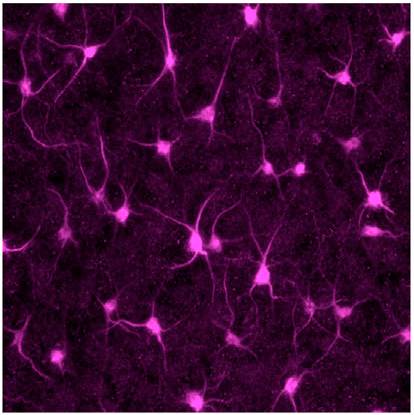New publication from Keisuke Yonehara's group - Congenital nystagmus gene FRMD7 is necessary for establishing a neuronal circuit asymmetry for direction selectivity
Neuronal circuit asymmetries are important components of brain circuits, but the molecular pathways leading to their establishment remain unknown. Here we found that the mutation of FRMD7, a gene which is defective in human congenital nystagmus, leads to the selective loss of the horizontal optokinetic reflex in mice, as it does in humans. This is accompanied by the selective loss of horizontal direction selectivity in retinal ganglion cells and the transition from asymmetric to symmetric inhibitory input to horizontal direction-selective ganglion cells. In wild type retinas, we found FRMD7 specifically expressed in starburst amacrine cells, the interneuron type that provides asymmetric inhibition to direction-selective retinal ganglion cells. This work identifies FRMD7 as a key regulator in establishing a neuronal circuit asymmetry and suggests the involvement of a specific inhibitory neuron type in the pathophysiology of a neurological disease.


In press in the journal Neuron.
Video abstract for Keisuke Yonehara's newest publication
In this video abstract, Yonehara et al. describe their discoveries about a cell-type-specific gene, FRMD7, its connection to direction selectivity within the retina, and its link to a disease called congenital nystagmus. Their discoveries were newly published in the article "Horizontal Direction Selectivity Depends on Congenital Nystagmus Gene FRMD7" in the Journal Neuron.
Published 6th January 2016
